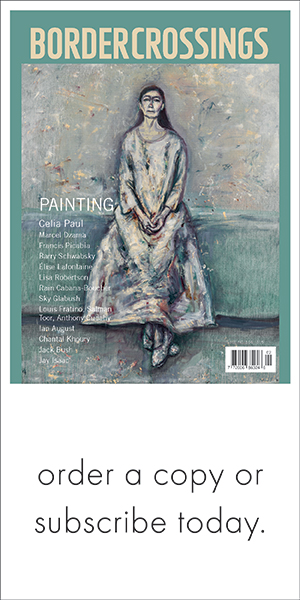Since Stephen Harper led the Conservatives to power in 2006 he has declined to spell out his government’s foreign policy in a formal statement. Instead, Canadians have been treated to declarations that play well on the nightly news or fit easily into a tweet. We are told that Canada will “no longer go along to get along,” or that “moral ambiguity, moral equivalence are not options.” More recently, if the prime minister’s spokesman is to be believed, the prime minister told Russia’s Vladimir Putin to “get out of Ukraine.” Yet the connective tissue that would show how these declarative dots fit in a broader policy is missing.
That has left ample room for debate over whether the Conservative government has a coherent foreign policy and if so what has shaped it. Supporters say they detect one and it is “bold, brash and ideological,” in the words of Colin Robertson, a former diplomat and...
Madelaine Drohan is Canada correspondent for The Economist and author of Does Serious Journalism Have a Future in Canada?, a report written when she was a 2015 Prime Ministers of Canada fellow at the Public Policy Forum.

